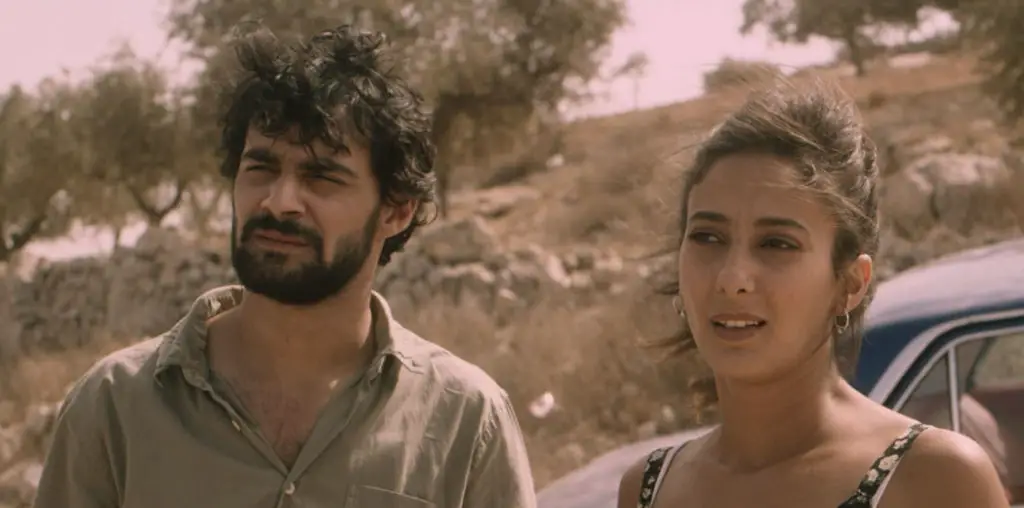
The history of the United States is disfigured by two deep scars that make a mockery of the high-falutin’ notions of a land of the free and a home of the brave: the centuries-long genocidal campaign against the Native Americans and the horrific mistreatment of Americans of African descent. Yet the stories of the Native Americans and African-Americans are actually parallel tracks of tragedy. Indeed, from the colonial era through the 19th century, the intermingling of these peoples combined two diverse worlds into a new mixed race of people who have courageously withstood attempts erase their unique twin cultural heritage despite the rabid efforts of both black and Indian movements as well as the dominant white society.
“Black Indians: An American Story” is a distinguished documentary which presents the rarely-told story of the racial fusion of Native and African-Americans. It is a story which literally begins with the birth of America, in the presence of the mixed-race Boston Massacre martyr Crispus Attucks, and which follows the deadlier aspects of the 19th century through the Seminole War (where runaway slaves joined Seminole warriors in Florida in armed conflict against the invading U.S. Army) and the expulsion of the Cherokee nation on the infamous Trail of Tears (where black Indians within the Cherokee orbit faced the no-win choice of either leaving with their brethren into forced exile or staying behind to live in slavery).
While Native Americans did not carry the racial hang-ups of white society and did not see mixed-raced Indians as being second-class, white society and 19th century government bureaucrats had no concept of multiculturalism and demanded that everyone be pigeonholed into one racial group, with any questions of identity decided by appearance. Thus, it was not uncommon for black Indian families to find themselves separated by government classifications into completely different racial groups based solely on their color and appearance. This practice was also helpful in erasing official traces of native nations in the late 19th century–mixed race Indians were not considered pure blooded by the Bureau of Indian Affairs and several tribes were declared extinct even though they still lived in the persons of black Indians whose native heritage was not recognized by the government. By the time that civil rights and Native rights movements in the 1960s roared into the national forefront, the story of the black Indians was virtually forgotten except as family histories by those who shared the blended racial heritages. Even today, black Indians meet incredulous skeptics who refuse to acknowledge their ancestral worth.
“Black Indians: An American Story” is rich with interviews with people of mixed Native and African-American heritage, and the true surprise here is actually the level of prejudice which these individuals experienced from the African-American community. While it would come as no surprise that black skinned men and women have been (and continue to be) treated in a humiliating manner by a predominantly white society, it comes as a sting to learn that African-American society also heaps excesses of ridicule on black Indians based on the hue of their skin and the blithe dismissal of their multicultural background with the misplaced notion that black people can only possess an Afrocentric heritage. It comes as little comfort to learn that racism is not a one-way street originating in white neighborhoods, and it is to director Chip Richie’s credit that the film addresses this shameful situation.
“Black Indians: An American Story” offers an engrossing history lesson which celebrates a forgotten piece of the American mosaic. This documentary teaches an invaluable lesson in the value of ethnic pride and it pays beautiful tribute to brave Americans who kept alive their heritage in the face of unparalleled circumstances. This film should be required viewing for people of all races, ethnicity and mindframes
